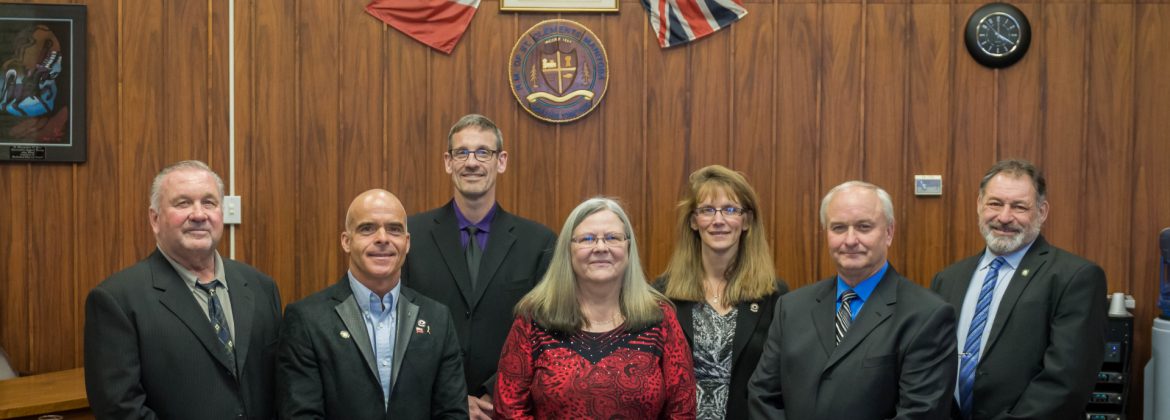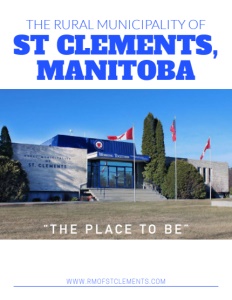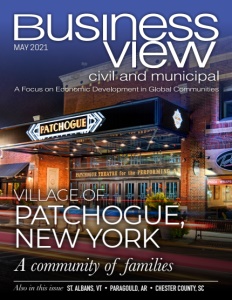The Rural Municipality of St Clements, Manitoba
“The place to be”
Business View Magazine interviews representatives of the Rural Municipality of St Clements, Manitoba for our focus on Economic Development in Canada
St Clements, Manitoba is a rural municipality located north east of Winnipeg with a population of around 11,000. The main industrial focus of the region is light industrial, heavy manufacturing, and agricultural with the addition of healthcare, public administration, and education. Manitoba Hydro, an electric power and natural gas utility, is one of the larger employers in the region along with Gerdau Steel in Selkirk.
Steeped in history, Lockport is one of the communities in the RM that has a rich heritage in the region and is connected over the Red River to the Rural Municipality of St. Andrews. East Selkirk is the other large community presence in the RM, along with a significant First Nations community – the Brokenhead 4 Indian reserve that is almost surrounded by St. Clements.
When it comes to the local economy, a key driver for economic growth and income in the region is tourism. The landscape lends itself particularly well to outdoor recreational activities like fishing, skiing, snowmobiling, kayaking, canoeing, hiking, and trail walks, making it popular with tourists. There are also beaches and parks – such as Birds Hill and Grand Beach Provincial Parks– which come highly recommended, and not just by locals.
To support this growth sector, the region is serviced by an Economic Development Officer who partners with industry representatives, industrial parks, and businesses to promote developments that can be brought into the community, whether that’s a commercial or industrial opportunity. The same Economic Development Officer is also responsible for managing development approvals, to ensure a smooth transition through the process for businesses. An unwieldy or lengthy development approval process can be off-putting for businesses looking to invest in a region, as it can significantly impact on timelines and budgets. So, administrations look to mitigate this with the support of the Economic Development Officer.
Mayor of the RM of St. Clements, Debbie Fiebelkorn, and her Executive Team work closely with the wider Winnipeg Metro region when it comes to infrastructure and resources. The team is currently working on a 30-year plan for regional cooperation and work between the municipalities.
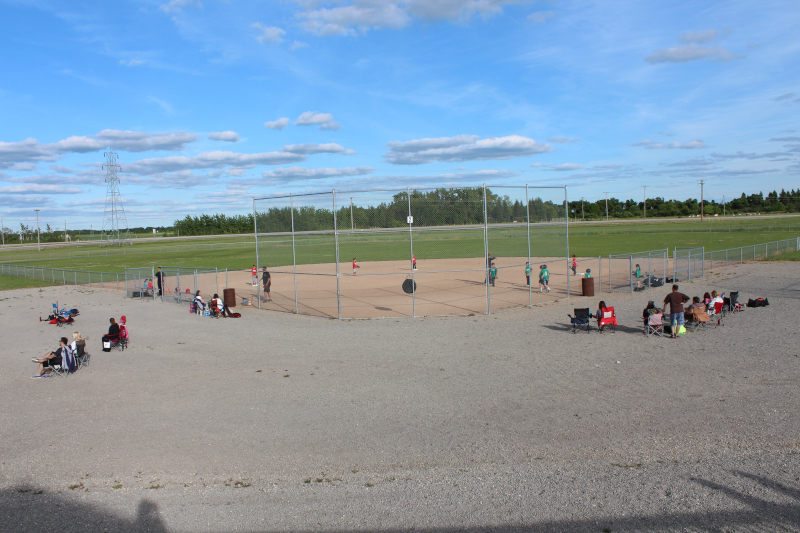
In discussion of housing, quality of life, and infrastructure for residents of St Clements, Chief Administrative Officer Deepak Joshi reports, “There’s a good quantity of housing in the region, as well as a range of different housing options. We have everything from farmland and cottages, right through to estate homes, it’s a really diverse housing stock that’s available. There are people who have what we’d call hobby farms to large-scale industry farming spanning thousands of acres. The homes are a mixture of rental and owned too. We’re always expanding and always looking to support development. We’ve introduced more infrastructure to support the expansion to date, that’s been one of our biggest projects so far. We want to ensure sustainability for the future.”
Joshi went on to say that the region is always expanding and looking to offer options for people who want to stay in the region and commute to work, or utilize services in a larger town. He noted, “This is especially common with teachers and professionals who may live in one part of the region but work elsewhere, so they make that regular commute.”
Transportation is one of the issues that the region faces, particularly as a large municipality that has communities spread over a wide distance. There are a number of ongoing projects looking at the transport networks in the area. Other infrastructure work in the RM consists of water treatment and improvement of water and sewage services. These are all key challenges of being part of a community that’s based in more rural locations. Rather than a densely populated urban area, the team in St Clements and the surrounding region need to provide essential services over an area that’s larger than the size of Toronto with a mixture of urban and rural communities. The people living within those communities are also spread out across a more widely spaced area.
The water projects currently underway address issues to soften water, connect lagoons in different parts of the communities, and to improve the infrastructure across the entire water ecosystem. When planning these services and projects, tourists are taken into consideration too. There is maintenance of outdoor trails, tourist spaces, and recreational areas that all need to be managed within the RM’s budget and resources.
Attracting tourists and building a viable visitor economy is an essential part of the region’s economic and development strategy, so encouraging people to come to the region to live, work, and visit is key. Through investment in the service provision for tourists and visitors, the intention is to attract more people who bring their diversity, experience, and enjoyment into the region, then take their knowledge of the region with them when they return back home.
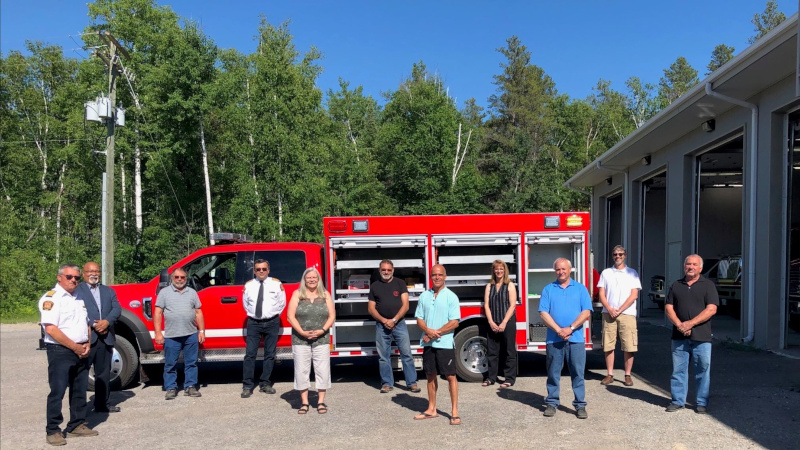
Another area of significance noted by the Mayor is the indigenous group and reserve that sits within the municipality. The Brokenhead Ojibway Nation is located northeast of Winnipeg and is a community rich with culture, experience and knowledge about the region. Fiebelkorn shares, “I’m extremely interested in the indigenous communities in the region and working with them to benefit both communities in the future. We take part in the collaborative Leadership Initiative – launched around four years ago – whereby Mayors from around the region of Winnipeg work with First Nations chiefs to develop collaborative initiatives that benefit both populations. The initiative also seeks to improve the experiences of indigenous people, and works to rebuild broken trust from past, historical experiences.” As part of the Leadership Initiative a Memorandum of Understanding was signed that outlined these key areas for development within the region.
Speaking to some of the challenges when it comes to infrastructure in a semi-rural to rural location, Joshi acknowledges, “A reliable broadband connection is limited in some areas but that isn’t the case in the whole region, and many places have readily available broadband. We’re looking to make improvements to the provision of vital internet services in the area, as many people continue to work and learn from home and the availability of a reliable internet connection becomes a more pressing issue.”
One project that’s currently being worked on is with John Q Public. This project reviews the broadband connections in rural municipalities from a wider perspective, to explore opportunities to bring those reliable connections into the area. St. Clements also has people who are making connections with SpaceX’s Starlink program. Headed up by Elon Musk’s SpaceX program, it looks to use low earth orbit satellites to provide a low latency, broadband internet to meet the needs of consumers across the globe – particularly those areas that find traditional broadband methods a challenge.
Joshi explains, “These projects to improve broadband connections in more remote areas also address inequalities in health, employment, and education within the region. The aims of these projects are to help make telehealth appointments, check-ups and video conferencing with their health provider easier.”
Those without an internet connection sometimes have to travel to more populated areas, such as Winnipeg, just to be able to connect – which can also lead to a lack of privacy. The Covid-19 pandemic has led to a further focus on online education and services that residents of the region need to access. Shared internet spaces are also used by tourists who visit the RM but are unable to connect to the internet in their lodge or accommodation, so it also provides a service from that aspect.
These factors have been the key drivers in reviewing the shared community spaces and internet provision, and looking at the best way to combine the two to make them beneficial for all who visit and utilize this exciting area.
AT A GLANCE
The Rural Municipality of St. Clements, Manitoba
What: A progressive rural and semi-rural community; population approx. 11,000
Where: A 45-minute drive northeast of Winnipeg, Manitoba
Website: www.rmofstclements.com
